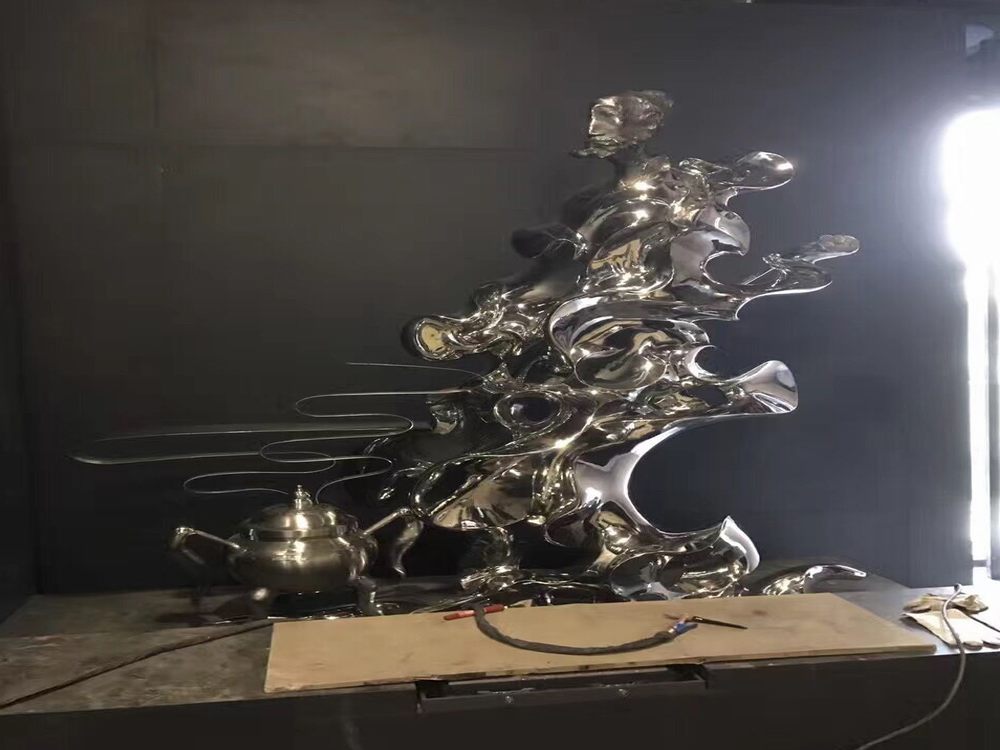
Negative space, the empty or open area surrounding the subject of an artwork, plays a pivotal role in the design of porcelain sculptures. Artists leverage this technique to create visual interest by balancing form and void, guiding the viewer’s eye, and evoking emotional depth.
In porcelain sculpture, negative space isn’t merely an absence—it’s an intentional design choice. By carving out hollows or leaving gaps between elements, artists introduce contrast, making the solid portions appear more dynamic. For example, delicate floral motifs might intertwine with open voids, enhancing the fragility and elegance of the piece.
Negative space also adds a sense of movement. A sculpture of a dancing figure might use sweeping curves and open areas to suggest motion, while minimalist designs rely on stark voids to emphasize simplicity and sophistication. Additionally, light interacts with these spaces, casting shadows that change with perspective, adding a temporal dimension to the artwork.
Ultimately, negative space in porcelain sculptures transforms the medium into a dialogue between presence and absence, inviting viewers to appreciate not just the material, but the artistry of what’s left unsaid.

